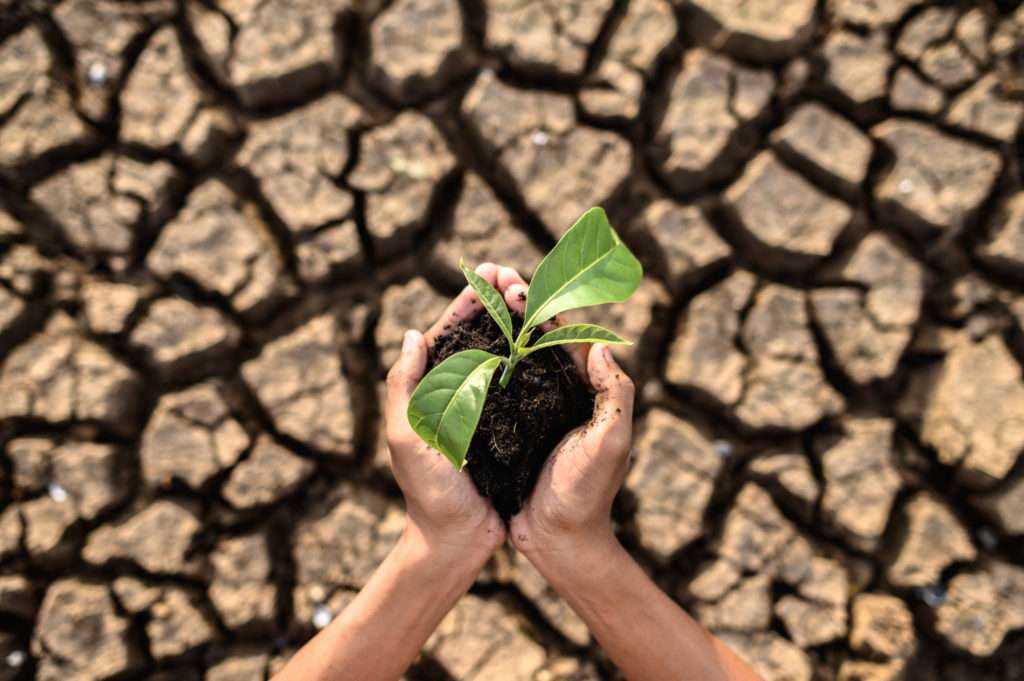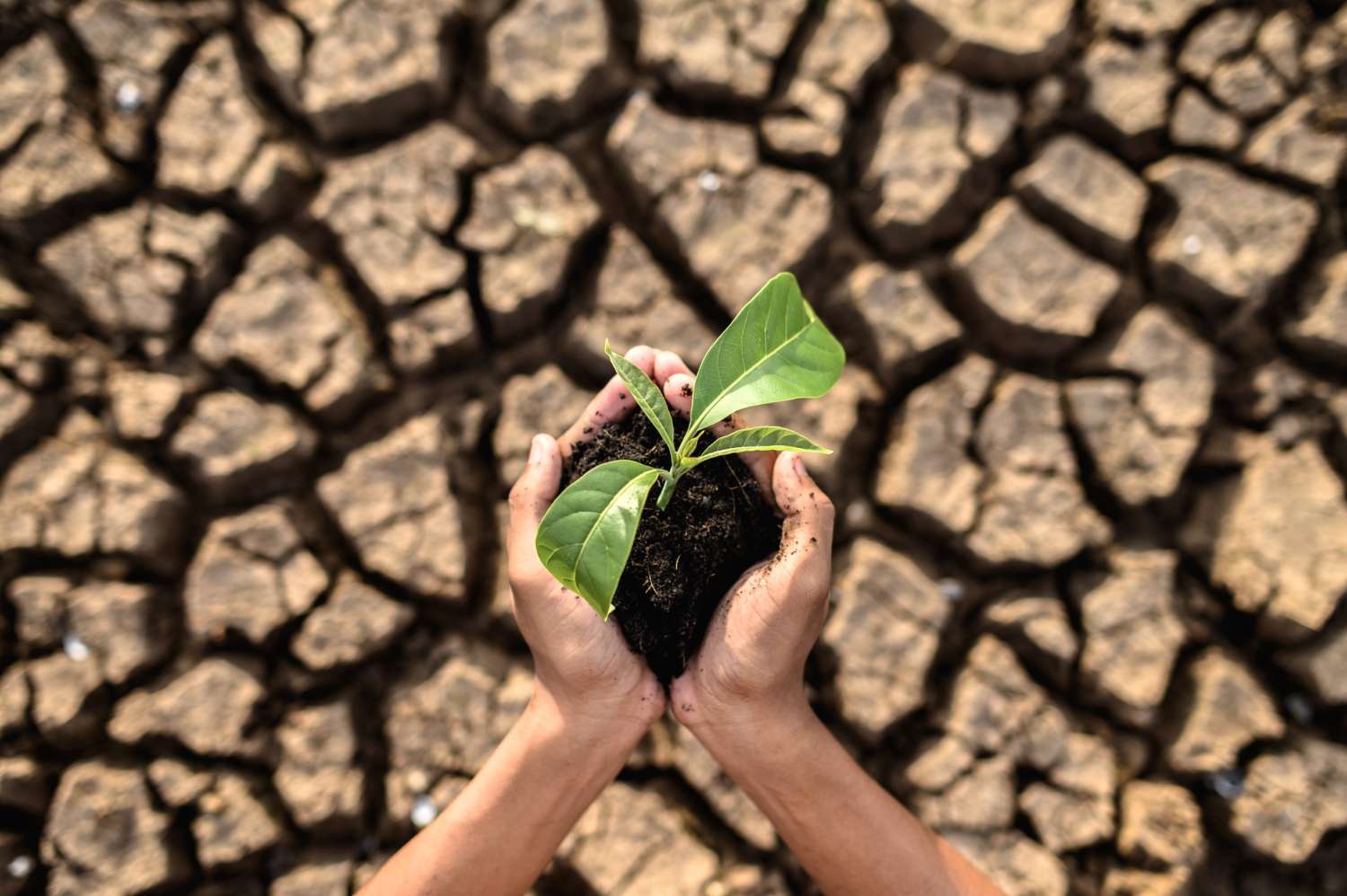Extract
Our planet is simmering, but it’s not just natural processes turning up the heat. Human activity is stoking the flames of climate change, jeopardizing not only our environment but also our health. Can we turn down the dial before it’s too late? Join us as we explore five keyways, we’re “cooking the Earth” and discover AI-powered solutions for a sustainable future. The first way we’re “cooking the Earth” is through the burning of fossil fuels, which releases greenhouse gases into the atmosphere. This leads to the trapping of heat, causing global temperatures to rise. In addition, deforestation and industrial processes also contribute to the increase in greenhouse gas emissions. However, there is hope on the horizon as AI technology offers innovative solutions for reducing carbon emissions and transitioning to renewable energy sources. Let’s delve into these AI-powered solutions and explore how they can help us create a more sustainable future.

Deforestation: Choking the Earth’s Lungs
From Amazon rainforests to boreal forests, deforestation releases carbon dioxide and disrupts critical ecosystems. Trees are the Earth’s lungs, absorbing carbon dioxide and producing oxygen. They also regulate the climate, provide habitats for wildlife, and support the livelihoods of millions of people. But every year, we lose an area of forest the size of the United Kingdom. The main causes of deforestation are agriculture, logging, mining, and urban expansion. Deforestation not only contributes to global warming, but also threatens the health and well-being of humans and animals.
Impact on health: Loss of air quality, increased heatwaves, and altered weather patterns leading to respiratory illnesses and heat-related stress.
AI solutions: Monitoring deforestation in real-time, precision forestry and reforestation projects. AI can help us detect and prevent deforestation by using satellite imagery, drones, and sensors to monitor forest cover and alert authorities of illegal activities. AI can also help us manage forests more efficiently and sustainably by using data and algorithms to optimize harvesting, planting, and conservation. AI can also support reforestation efforts by identifying suitable locations, species, and methods for restoring degraded lands.
Fossil Fuels: Pumping Up the Heat
Our dependence on coal, oil, and gas drives greenhouse gas emissions, causing global warming and rising sea levels. Fossil fuels are the main source of energy for most of the world, powering our industries, transport, and households. But burning fossil fuels releases carbon dioxide, methane, and other gases that trap heat in the atmosphere and warm the planet. The consequences of global warming are already evident: melting ice caps, rising sea levels, more frequent and intense storms, droughts, floods, and wildfires. These events not only damage the environment, but also pose serious risks to human health and safety.
Impact on health: Air pollution, extreme weather events, and displacement leading to cardiovascular diseases, mental health issues, and injuries.
AI solutions: Smart grids for renewable energy integration, carbon capture and storage technologies. AI can help us transition to a low-carbon economy by enabling the integration of renewable energy sources such as solar, wind, and hydro into the power grid. AI can also help us reduce the emissions from fossil fuels by using sensors, data, and algorithms to capture and store carbon dioxide from power plants, factories, and vehicles.
Industrial Agriculture: Fertilizing the Problem
Intensive farming practices like excessive fertilizer use release nitrous oxide, a potent greenhouse gas. Agriculture is essential for feeding the world’s growing population, but it also has a significant impact on the climate. Agriculture accounts for about a quarter of global greenhouse gas emissions, mainly from livestock, rice cultivation, and fertilizer use. Fertilizers are used to enhance crop growth and yield, but they also release nitrous oxide, a gas that is 300 times more powerful than carbon dioxide in warming the planet. Fertilizer use also leads to water pollution, soil degradation, and the loss of biodiversity, affecting the quality and quantity of food and ecosystem services.
Impact on health: Water pollution, soil degradation, and the loss of biodiversity impacting food security and ecosystem services.
AI solutions: Precision agriculture with sensors and data analysis for optimized fertilizer use and sustainable farming practices. AI can help us improve agricultural productivity and efficiency while reducing environmental impacts by using sensors, data, and algorithms to monitor soil, crop, and weather conditions and provide tailored recommendations for fertilizer use, irrigation, pest control, and harvesting. AI can also help us adopt more sustainable farming practices such as organic farming, agroforestry, and permaculture, which enhance soil health, biodiversity, and resilience.
Unbridled Consumption: Feeding the Fire
Our insatiable appetite for goods and services leads to resource depletion, waste generation, and greenhouse gas emissions. Consumption is the driving force of economic growth and human development, but it also comes at a high environmental and social cost. The extraction, production, distribution, and disposal of goods and services require large amounts of energy, water, and materials, resulting in greenhouse gas emissions, pollution, and waste. The global consumption of natural resources has more than tripled since 1970, exceeding the Earth’s capacity to regenerate. The global waste generation has also increased by 70% since 2000, posing serious challenges for waste management and disposal. Consumption patterns also reflect and reinforce social inequalities, as the richest 10% of the world’s population account for more than half of the global consumption and emissions.
Impact on health: Pollution, resource scarcity, and social inequality leading to a range of health challenges.
AI solutions: Circular economy models, smart logistics, and personalized consumption recommendations for reduced waste and responsible consumption. AI can help us shift from a linear economy, where resources are used once and then discarded, to a circular economy, where resources are reused, recycled, and regenerated. AI can also help us optimize the logistics and supply chains of goods and services by using data and algorithms to reduce transport costs, emissions, and waste. AI can also help us make more informed and ethical consumption choices by providing personalized recommendations based on our preferences, values, and impacts.
Population Growth: Adding Fuel to the Flame
Rapid population growth increases pressure on resources and intensifies the impacts of other climate threats. Population is the ultimate factor that determines the demand and supply of resources and the scale and scope of environmental impacts. The world’s population has grown from 1.6 billion in 1900 to 7.9 billion in 2020, and is projected to reach 9.7 billion by 2050. This unprecedented growth poses immense challenges for meeting the basic needs of food, water, energy, and health for all people, especially in developing countries. Population growth also amplifies the effects of other climate threats, such as deforestation, fossil fuel use, industrial agriculture, and consumption, by increasing the number of people who engage in these activities and who are exposed to their consequences.
Impact on health: Competition for resources, sanitation challenges, and displacement leading to infectious diseases and humanitarian crises.
AI solutions: AI-powered healthcare and family planning initiatives, resource management optimization, and sustainable development strategies. AI can help us improve the health and well-being of the world’s population by using data and algorithms to diagnose and treat diseases, monitor and prevent epidemics, and provide access to quality and affordable healthcare. AI can also help us reduce the population growth rate by supporting family planning initiatives that empower women and girls to make informed and voluntary decisions about their reproductive health and rights. AI can also help us optimize the allocation and distribution of resources by using data and algorithms to forecast demand and supply, identify gaps and inefficiencies, and provide solutions for equitable and sustainable resource management.
Conclusion
The Earth is on fire, and we are the ones who lit the match. But we are also the ones who can put out the flames. We have the power and the responsibility to act now, before it’s too late. AI is not a magic bullet, but it can be a powerful ally in our fight against climate change. AI can help us tackle the five main threats that are cooking the Earth: deforestation, fossil fuel use, industrial agriculture, consumption, and population growth. AI can help us monitor, reduce, and reverse the environmental impacts of these threats, while also improving our health and well-being.

But AI alone is not enough. We also need to change our behaviors, values, and policies to support a more sustainable and eco-friendly way of living. We need to adopt the principles of the 3Rs: reduce, reuse, and recycle. We need to support policies and initiatives that promote green and inclusive growth. We need to leverage technology for good, not for greed. We need to act together, as a global community, for a healthier planet. The time is now. The choice is ours. Let’s stop cooking the Earth, and start cooling it down.
Further Reading
- AI Unleashed: Transforming Work Dynamics for a Productive Tomorrow
- Nature’s Neighborhood Surprise: 1,000+ Wildlife Species Under Our Noses
- Unveiling Forest Vulnerability: Surprising Revelations in Tree Sensitivity to Drought Climate Uncertainty Unveiling Forest Vulnerability:
- Climate Change – National Geographic Society
- Climate Change – National Geographic Society
